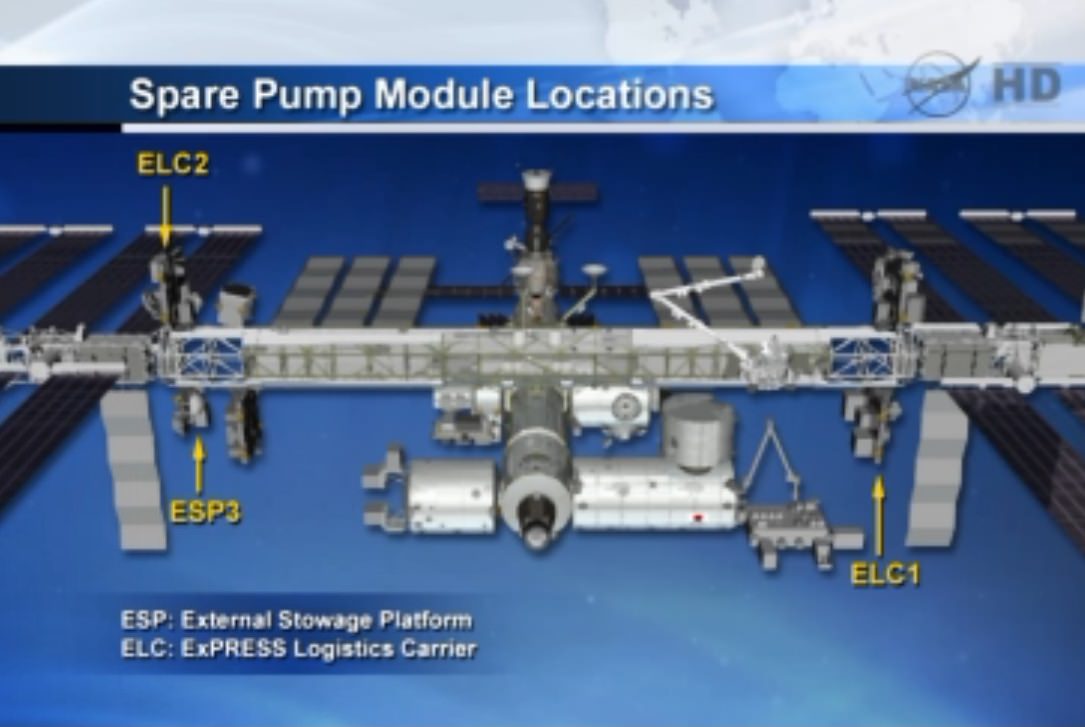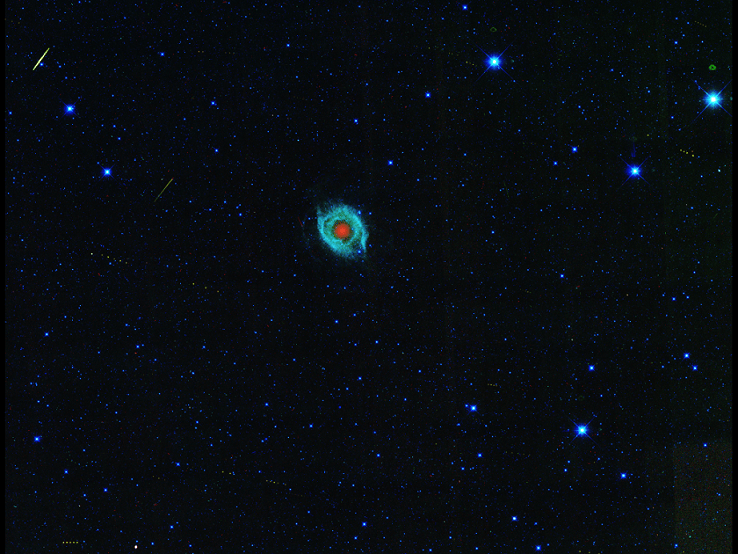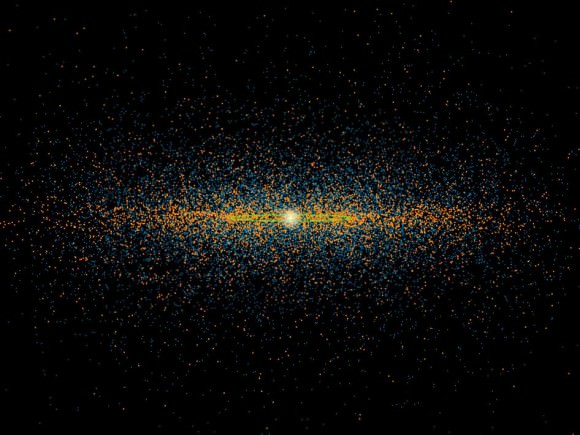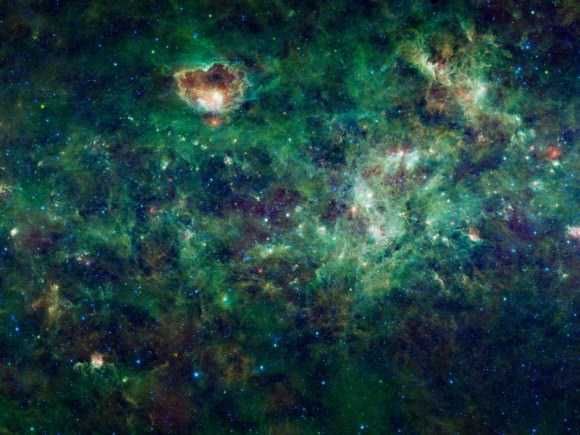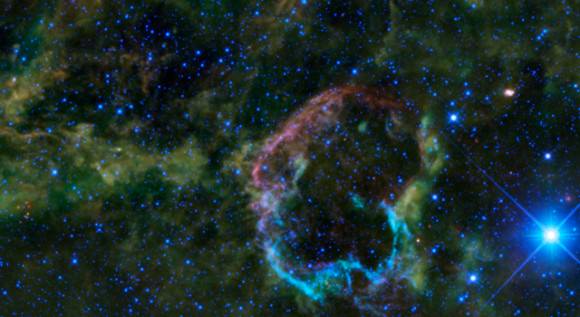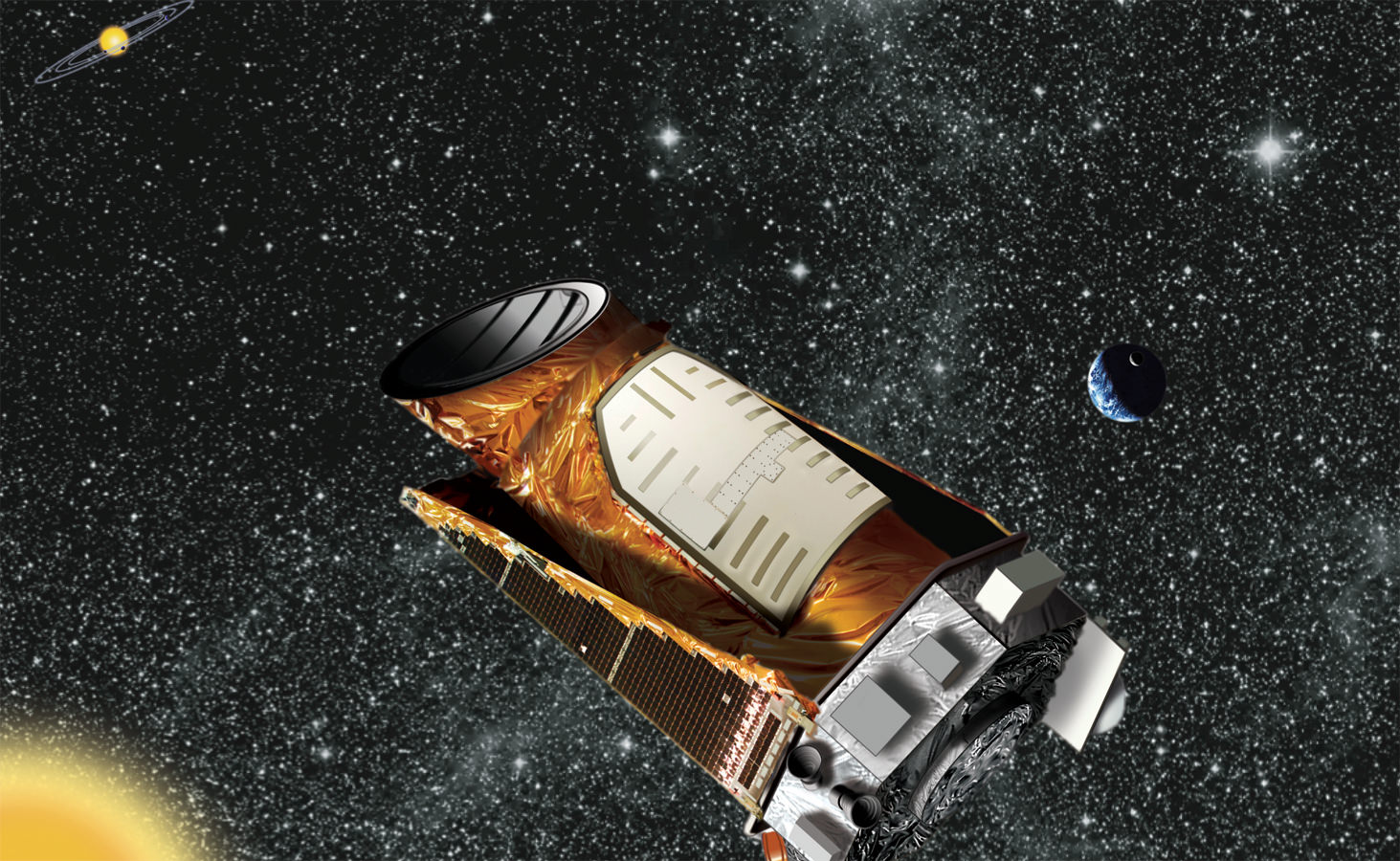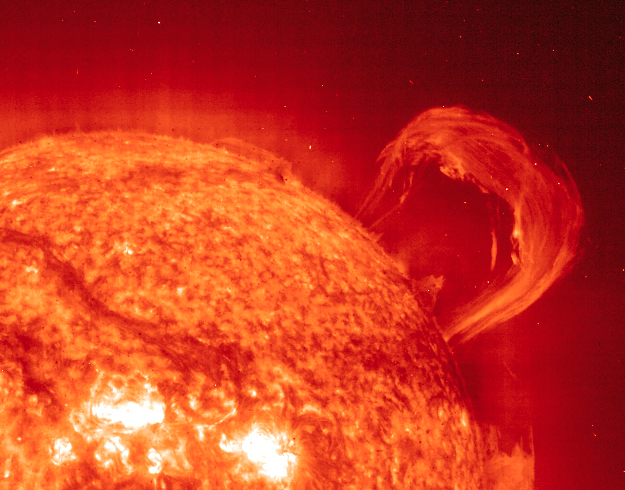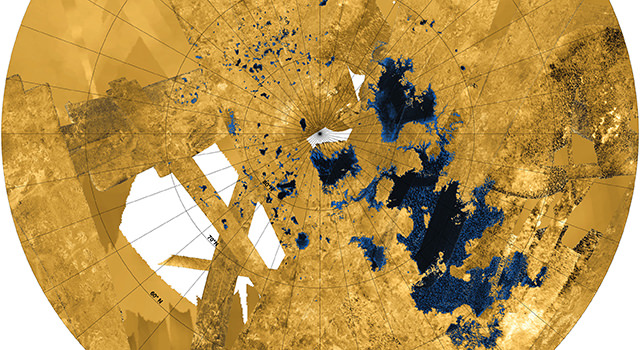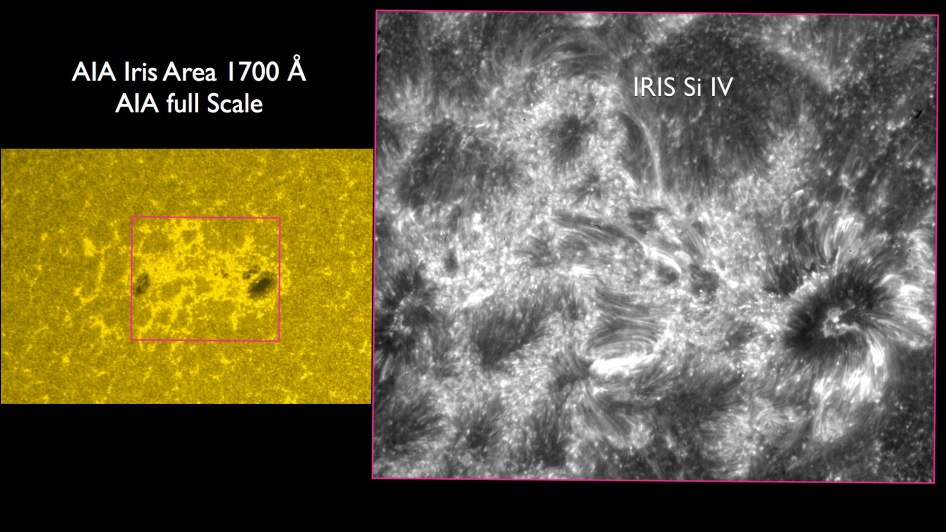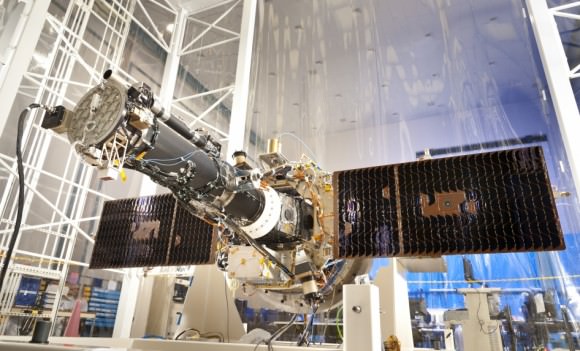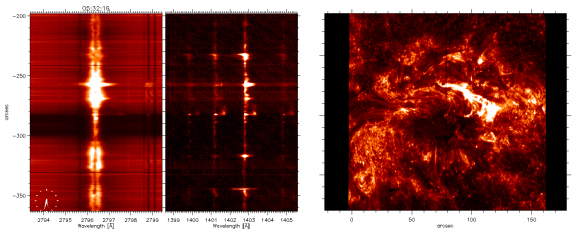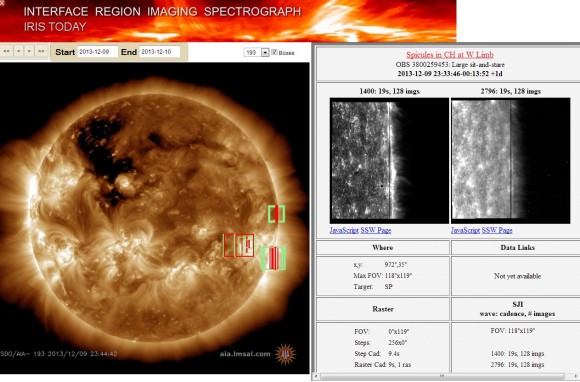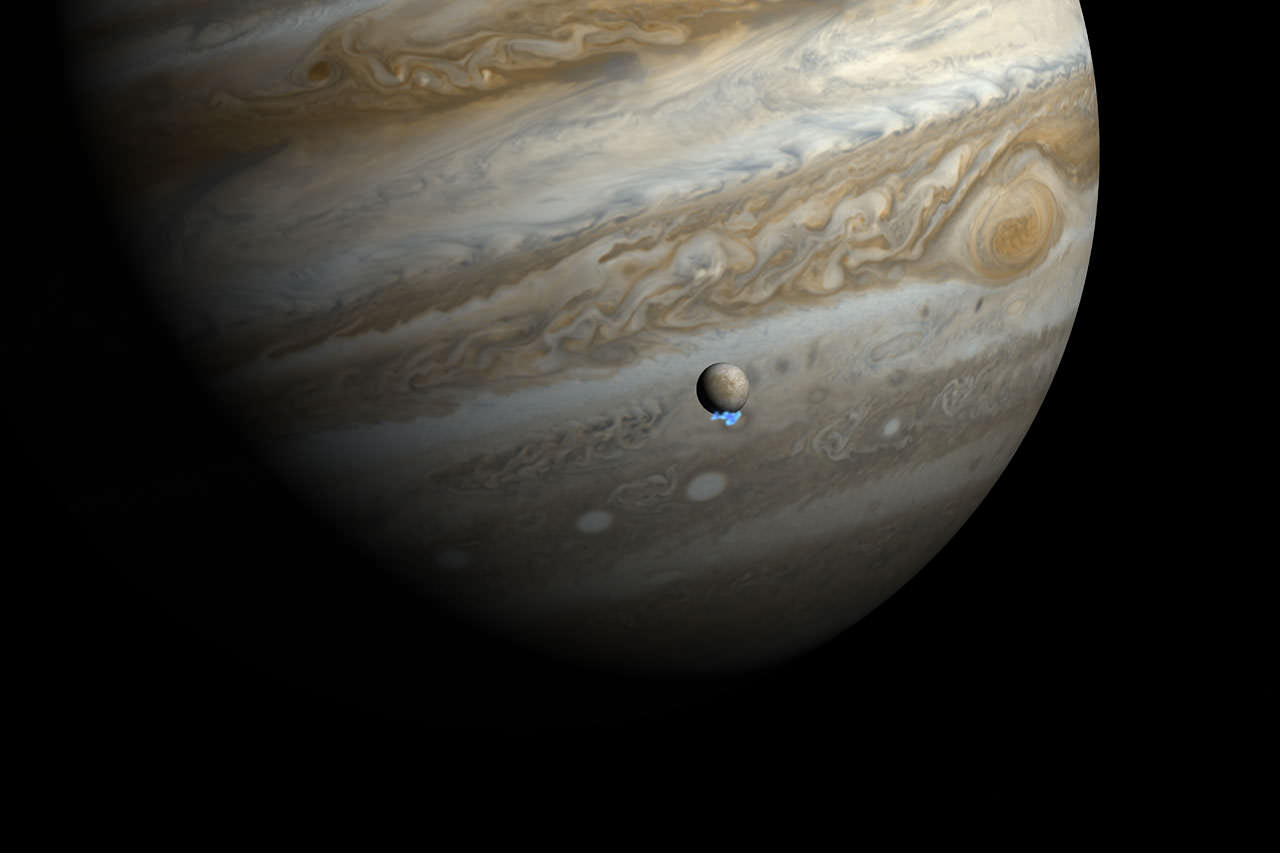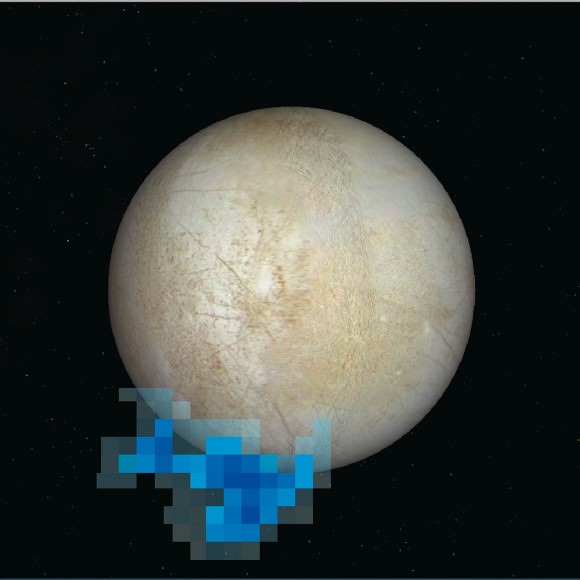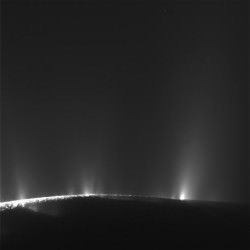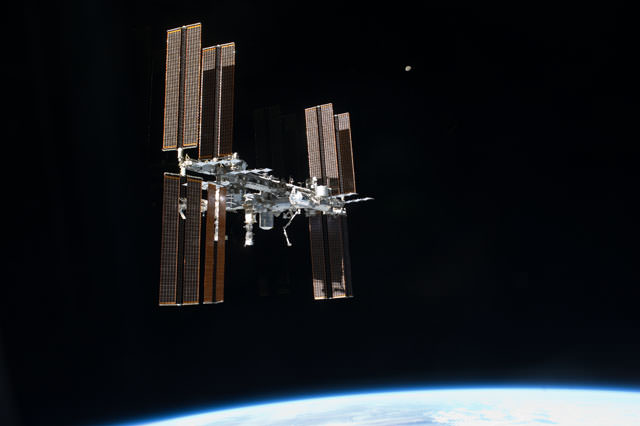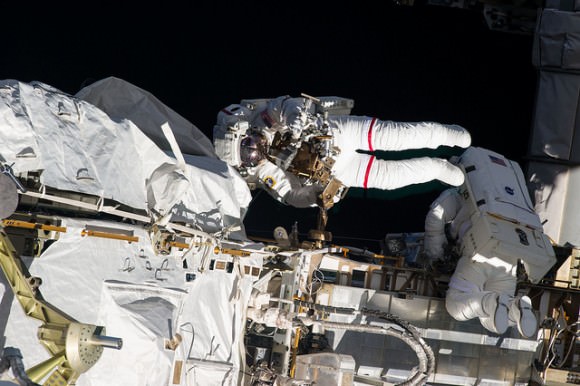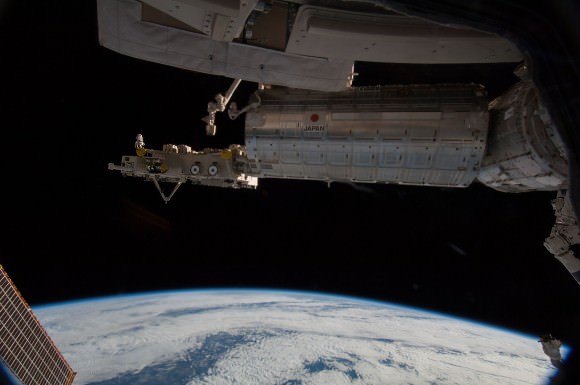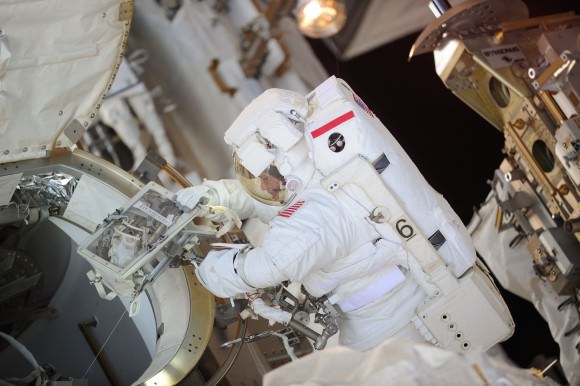NASA may allow its first spacewalk since summer to deal with a malfunction that crippled a cooling loop on the International Space Station.
If extravehicular activity is deemed necessary for a fix, it would be the first time NASA spacesuits were used “outside” since Luca Parmitano, an Italian astronaut, experienced a water leak in one that cut short a spacewalk in July. NASA suspended all spacewalks as a precaution while the cause was investigated.
Since then, the agency has put in place procedures to protect astronauts from it happening again, opening up a spacewalk or spacewalks as an option to deal with a balky control valve inside a pump on the station.
The valve is an essential part of an S1 (starboard) truss pump that helps maintain the correct temperature for space station electronics. Ammonia circulates through two external cooling loops and is put through radiators to bleed off heat. The valve is required to mix the cool and warm parts of liquid in the ammonia loop.
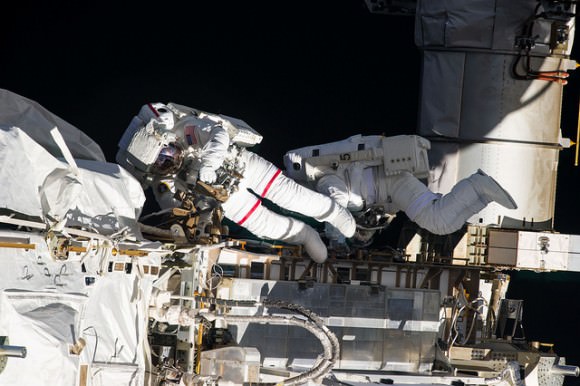
A pump automatically shut down on Wednesday (Dec. 11) when the loop got too cold. As NASA began troubleshooting the issue, it powered down non-critical systems (including experiments and redundant systems) in the Columbus laboratory, Harmony node and Japanese Kibo laboratory. Primary systems are still online.
The astronauts are safe, NASA said today (Dec. 13), with the biggest impact to their activities being the science they perform. Expedition 38 astronaut Rick Mastracchio did a live media interview this morning (EST) where he similarly assured reporters that everyone on board is fine.
Cooling problems have happened on station before, most recently in May when an emergency spacewalk was needed to replace a pump controller box on the P6 (far port) truss. This particular cooling system experienced an issue in 2010, which required three contingency spacewalks to remove and replace a failed pump on the S1 truss.
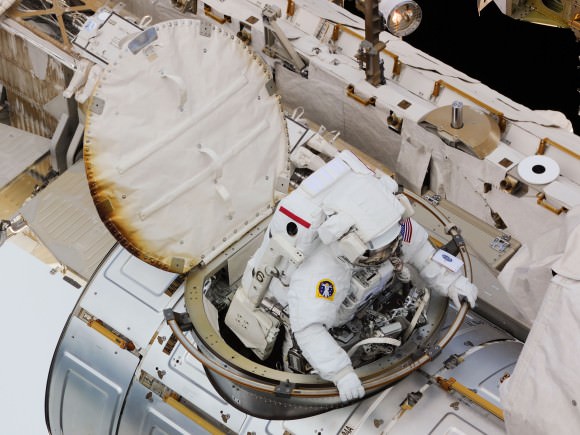
If a spacewalk is needed this time around, NASA has three spare pumps available on station for astronauts to use. NASA, however, is looking at all options before making a decision — including ways of controlling the errant valve from the ground. The agency is holding multiple meetings to decide what to do next after turning on and off the cooling loop yesterday and seeing the same malfunction.
On Monday, NASA will decide whether to move forward with a launch of a cargo spacecraft expected to head to the station on Dec. 18. The window for Orbital Sciences’ Cygnus spacecraft extends to Dec. 21 or 22, but as of Thursday (Dec. 12), the agency said the lack of redundant systems on station violates certain “commit criteria” for the launch to move forward.
While NASA spacewalks were suspended, activity using the Russian Orlan spacesuits has continued as usual. A spacewalk took place in November with the Olympic torch, amid other duties. Another spacewalk is planned Dec. 27 to install high- and medium-resolution cameras, put in a foot restraint, and remove and replace several external experiment packages.

